Partial tasks
> Applications of channeling/blocking effect
Applications of channeling/blocking effect

When a beam of charged particles enters a single
crystal along a major crystallographic planar or
axial direction, one observes a spectacular reduction
of the yield associated to events that imply
close nuclear encounters (nuclear reaction, large
angle elastic scattering, formation of core-shell
electron vacancies on target atoms and corresponding
X-ray emission. . .). All these effects are
characteristic of a phenomenon called Channeling,
discovered and explained 40 years ago [1]. Channeling
is the direct consequence of the fact that, in
the particular beam-crystal geometry described
above, the particles experience strongly correlated
binary collisions with target atoms. These collisions
focus the beam far from the atomic strings or
planes of the crystal. Thus, the uniform flux
associated to an beam impinging a crystal
surface becomes progressively highly non-uniform
as the particles penetrate in the bulk, with a pronounced
maximum at the center of the ‘channels’
delimited by the atomic rows or planes.
The effect of channeling/blocking is studied with Medipix type semiconductor pixel detectors.
Responsible person
Co-workers
| Vacík Jiří | NPI ASCR |
| Koester Ulli | ILL Grenoble |
| Platkevič Michal | IEAP |
Grants:
| Number | Name | Agency |
| LC06041 | Research center "Fabrication, modification and characterization of materials by energetic radiation" | MŠMT |
| 1H-PK2/05 | Application of advanced detection methods | MPO-ÚJV |
| MSM 6840770040 | Research Program 40: Usage of radionuclides and ionizing radiation. | MŠMT |
Articles in Impacted Journals
(0)
(0)
Search
Recent events
Seattle, USA
8-15 Nov 2014
Surrey, United Kingdom
Sep. 8, 2014
April 24, 2014
3 Apr 2014
Seoul, Korea
27 Oct - 2 Nov 2013
Paris
23-27 June 2013
29 Oct - 3 Nov 2012



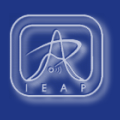


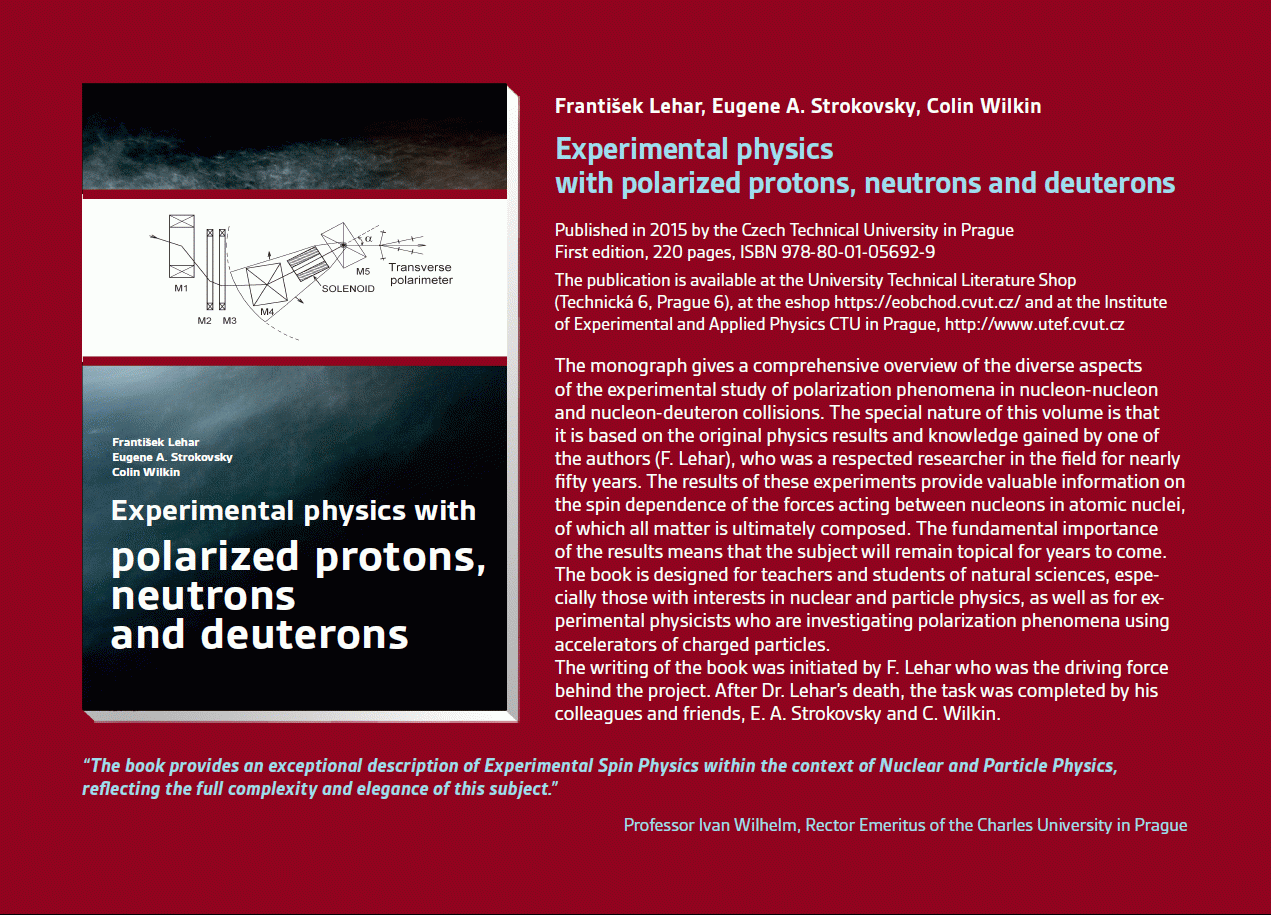 Experimental physics
with polarized protons, neutrons and deuterons
Experimental physics
with polarized protons, neutrons and deuterons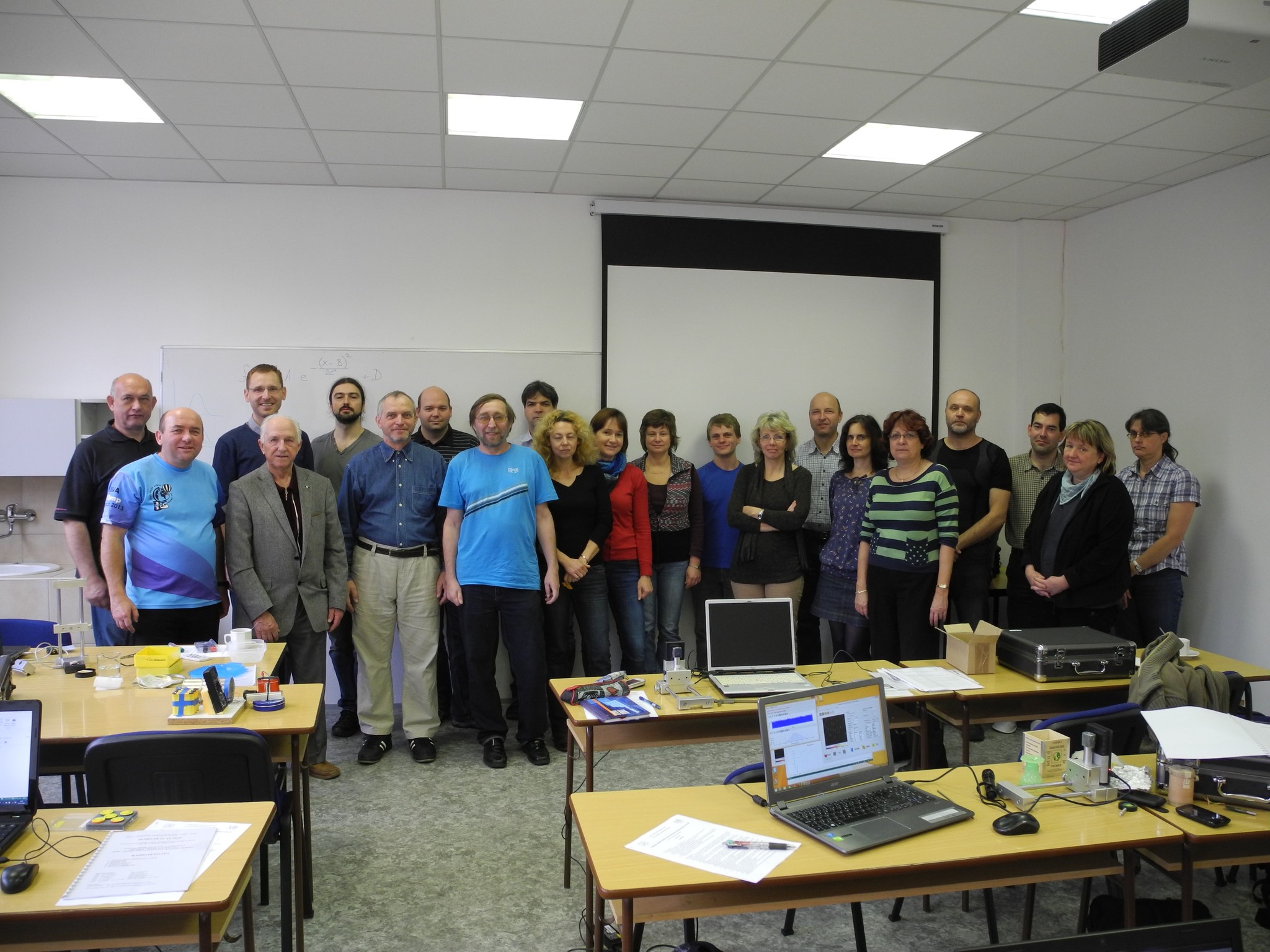 Progressive detection methods in atomic and particle physics education at middle and high school level
Progressive detection methods in atomic and particle physics education at middle and high school level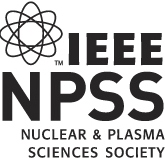 NSS MIC IEEE Conference
NSS MIC IEEE Conference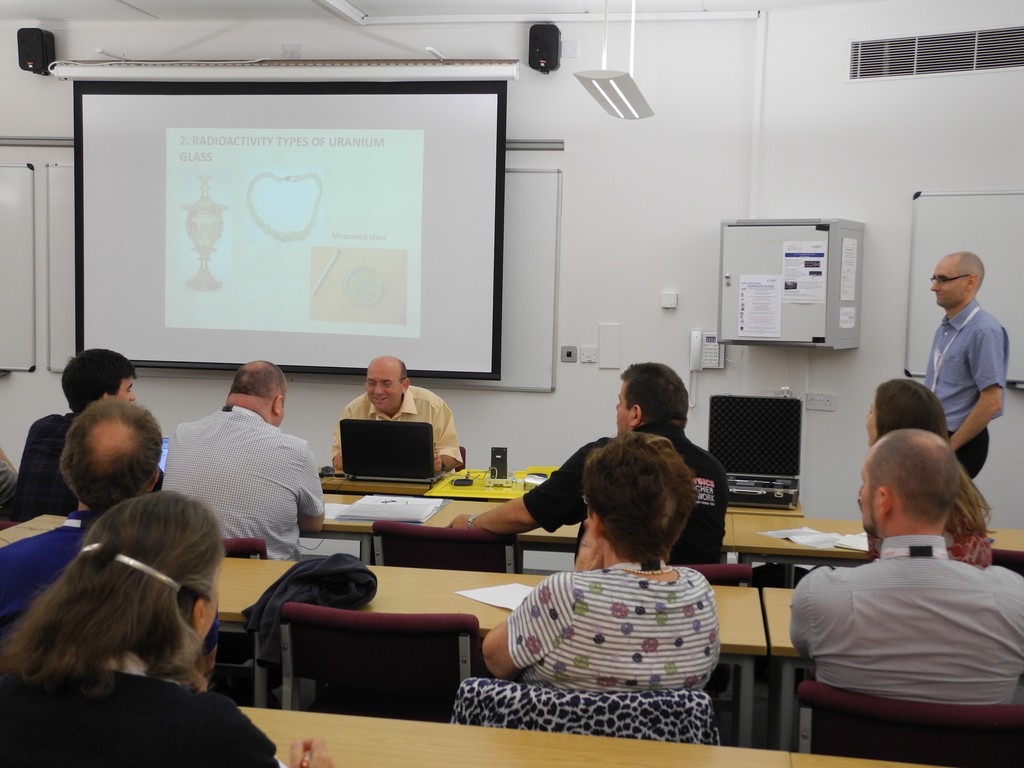 SEPnet, CERN@school Conference
SEPnet, CERN@school Conference Lovci záhad - natáčení ČT ve spolupráci s ÚTEF
Lovci záhad - natáčení ČT ve spolupráci s ÚTEF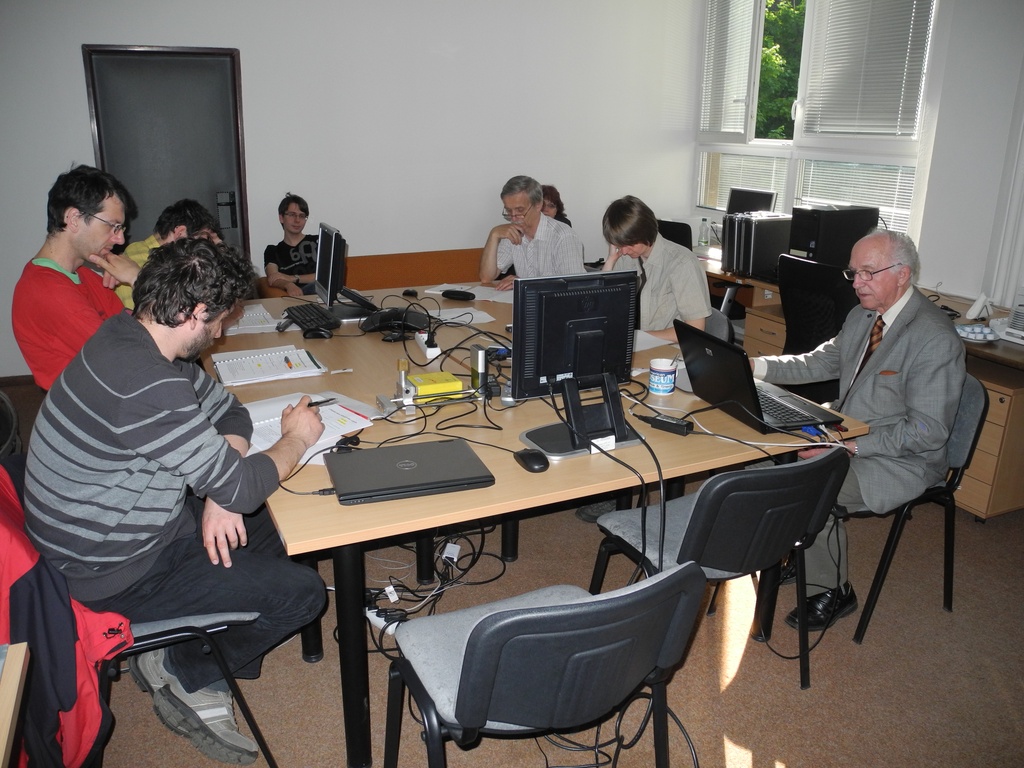 Advanced detection methods in atomic and subatomic physics education.
Advanced detection methods in atomic and subatomic physics education.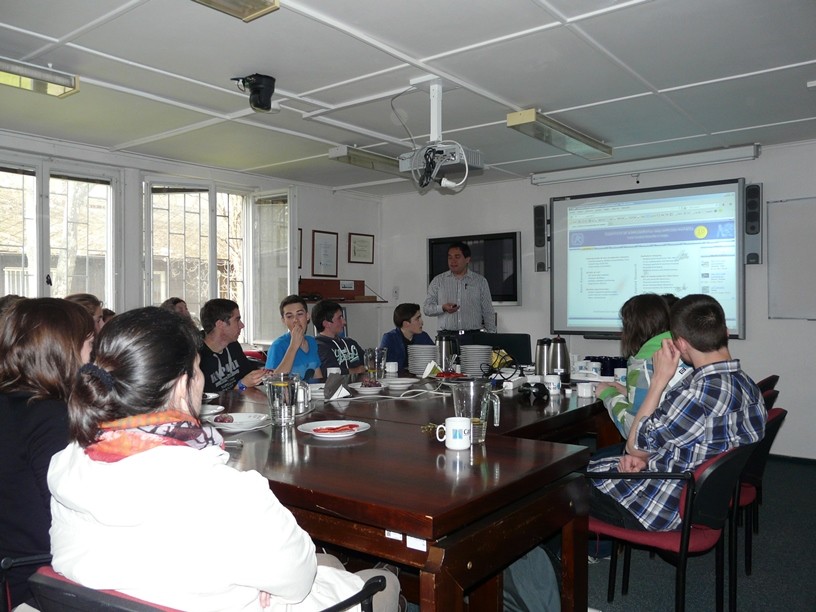 Listening to the universe by detection cosmic rays - visit of French and Czech students
Listening to the universe by detection cosmic rays - visit of French and Czech students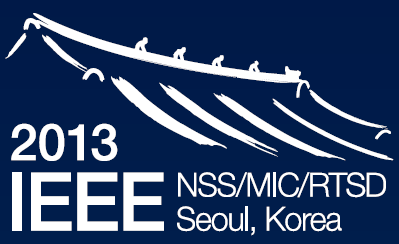 NSS MIC IEEE Conference
NSS MIC IEEE Conference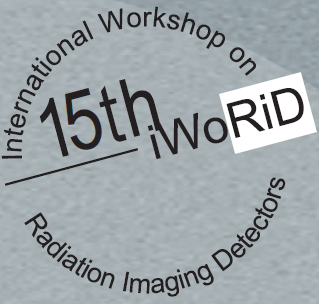 15thIWORID
15thIWORID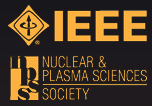 NSS MIC IEEE Conference
NSS MIC IEEE Conference